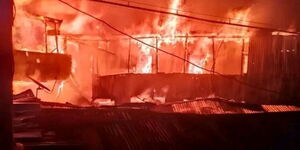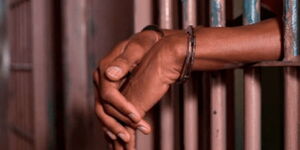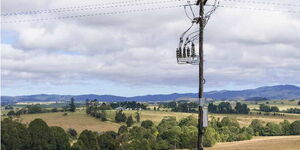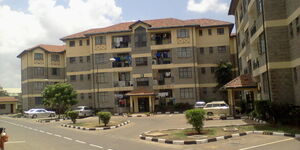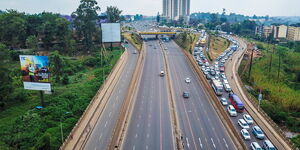The most common complaint of homeowners with hidden roofs is persistent dampness, especially during the rainy season.
The dampness can be costly because the moisture causes the plaster to soften and crumble making the house lose its natural aesthetic appeal.
Apart from the destruction of wall decoration and painting, the dampness can cause the disintegration of bricks, stones, and tiles leading to cracking and or collapse of the building in extreme circumstances.
Asiri Designs, a construction journal, notes that the dampness can cause damage to the ceiling, support mold growth, and rot the structure.
How to avoid
Most contractors make the mistake of guiding the rainwater to the parapet walls (walls built along the edge of a roof) instead of using a concrete gutter.
According to Asiri, this will prevent poor drainage ensuring that water does not accumulate and seep into the building.
Additionally, the hidden roof can be waterproofed through the installation of a membrane or coating on the roof surface.
What the experts say
Certified contractor Jonathan Kyalo told Kenyans.co.ke that the fear of dampness should not make people run away from hidden roofs.
“The key is getting a certified contractor who will coat the surface properly to prevent water percolation and seeping,” he advised.
Kyalo explained that the top roof can be coated using Liquid Bitumen-based waterproofing materials.
He explained that this was ideal for hidden roofs made of corrugated iron sheets or cement slabs.
“The wall should be inspected and maintained regularly to ensure the hidden roof remains dry and free from damp problems,” he added.


